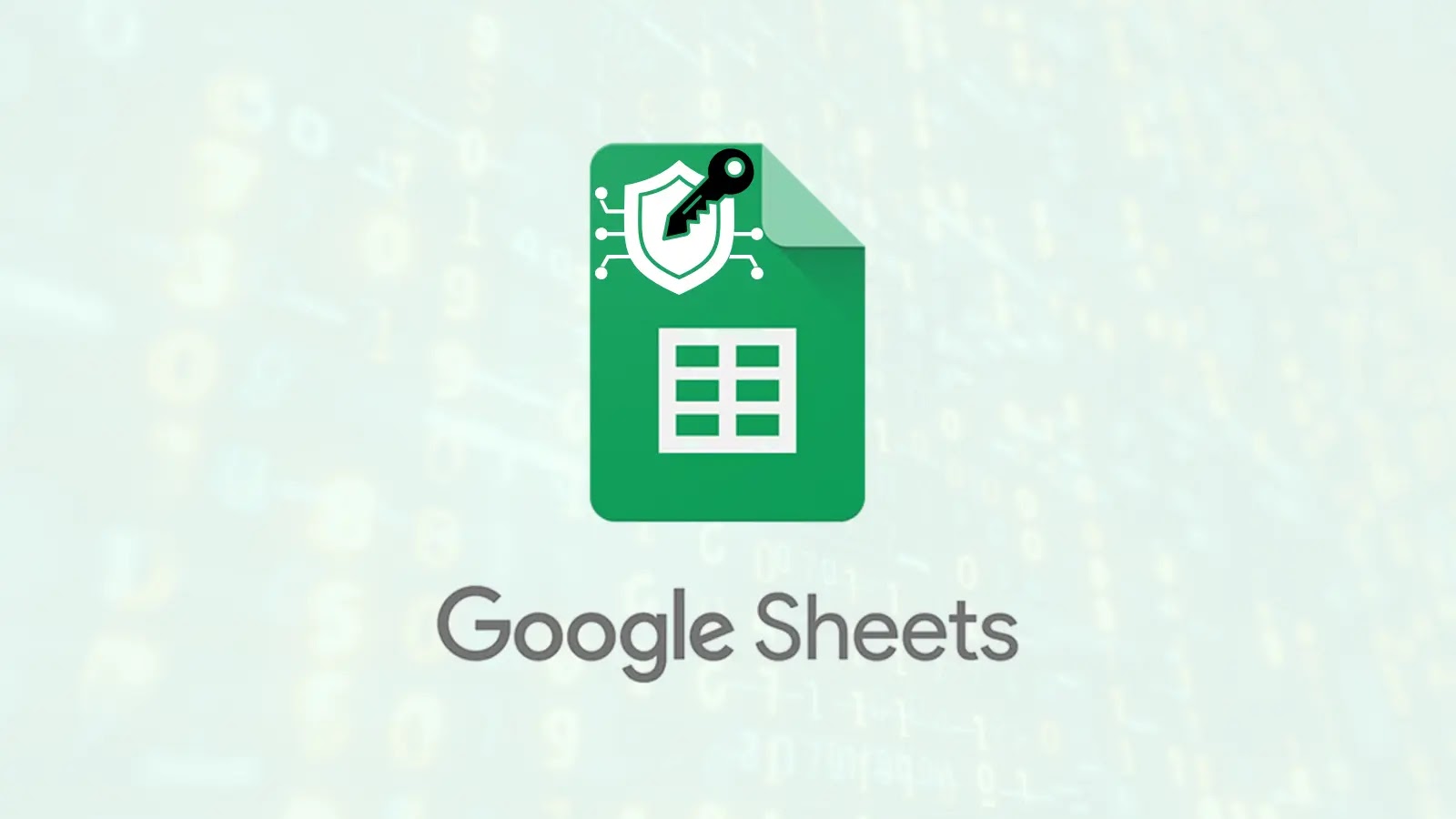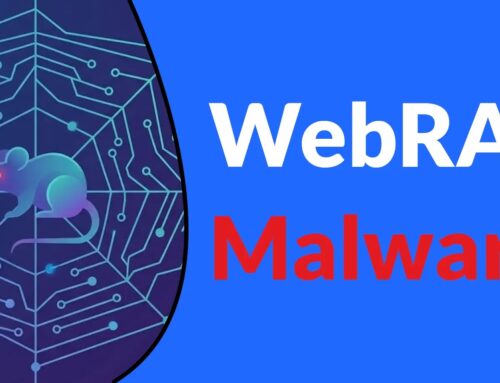
Google Announces Full Availability of Client-Side Encryption for Google Sheets
Elevating Data Security: Google Sheets Now Features Client-Side Encryption
In an era where data breaches are unfortunately common and compliance regulations are increasingly stringent, securing sensitive information is no longer optional—it’s paramount. Organizations are constantly seeking robust solutions to protect their most valuable assets. Google’s recent announcement marks a significant advancement in this ongoing battle: the full general availability of Client-Side Encryption (CSE) for Google Sheets. This crucial update empowers businesses with unprecedented control over their data’s confidentiality within the Google Workspace ecosystem, addressing critical compliance and data portability needs directly.
Understanding Client-Side Encryption (CSE)
Client-Side Encryption, or CSE, fundamentally alters how data is protected in cloud environments. Traditionally, data encryption on cloud platforms often occurs at the server-side, meaning the cloud provider holds the encryption keys. While this offers a baseline level of security, it still implies a degree of trust in the provider. With CSE, the paradigm shifts. Enterprises using CSE retain direct ownership and control over their encryption keys. This means that data is encrypted on the user’s device before it ever leaves for Google’s servers. As a result, Google, as the service provider, receives only encrypted data and never has access to the decryption keys, rendering the sensitive information “unreadable” to them.
Enhanced Data Confidentiality and Control
The implementation of CSE for Google Sheets directly translates into enhanced data confidentiality. For organizations dealing with highly sensitive financial data, proprietary business strategies, or personally identifiable information (PII), this feature is a game-changer. It provides an additional and critical layer of security beyond Google’s robust default encryption, ensuring that even in the unlikely event of a compromise on the provider’s side, the data remains incomprehensible without the client’s unique keys. This level of control is particularly important for industries operating under strict regulatory frameworks, such as healthcare, finance, and legal services.
Meeting Compliance and Regulatory Demands
Many global data protection regulations, including GDPR, HIPAA, and CCPA, mandate stringent controls over sensitive data. The ability to manage encryption keys independently and ensure that cloud providers cannot access unencrypted data significantly assists organizations in demonstrating compliance with these complex requirements. By isolating encryption key management, Google Sheets with CSE offers a powerful tool for IT and security teams to build a stronger case for regulatory adherence, reducing audit burdens and potential legal liabilities. Furthermore, it supports data portability requirements by offering greater assurance that data can be moved or accessed without relying solely on the cloud provider’s internal security mechanisms.
The Broader Impact on Google Workspace Security
This expansion of CSE capabilities to Google Sheets builds upon existing implementations across other Google Workspace services like Drive, Docs, and Meet. It signifies Google’s continued commitment to providing enterprise-grade security features that meet the evolving demands of modern businesses. By extending this robust security framework to spreadsheets, Google is ensuring that one of the most widely used tools for data analysis and collaboration can now handle the most sensitive information with an elevated level of protection. This holistic approach to client-side encryption across its suite empowers organizations to leverage the collaborative power of Workspace without compromising on their security posture.
Concluding Thoughts
The full general availability of Client-Side Encryption for Google Sheets is a pivotal development for anyone concerned with data security in the cloud. It offers organizations a powerful mechanism to take direct ownership of their data’s confidentiality, moving beyond shared responsibility models to a more client-centric approach to encryption. As threats continue to evolve, features like CSE are not just beneficial—they are essential for maintaining trust, ensuring compliance, and safeguarding critical business information in our increasingly digital world.





